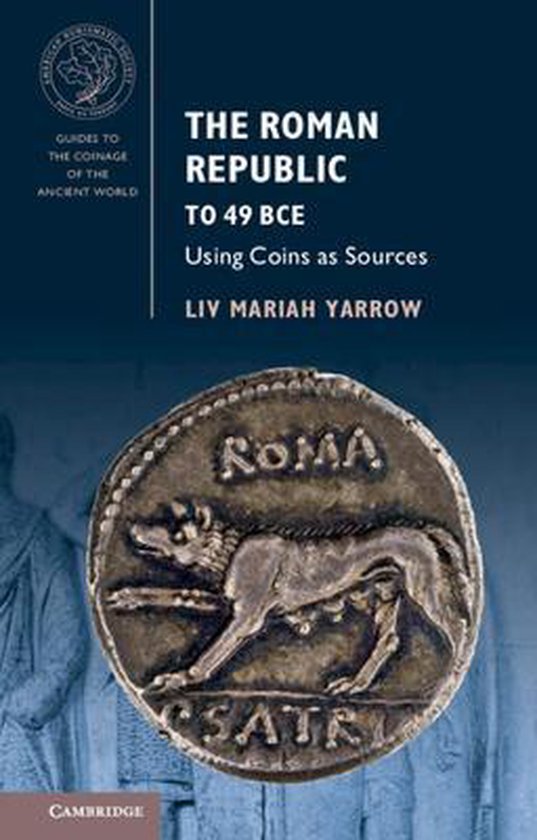
Coins of the Roman Revolution (49 BC - AD 14)
The long revolutionary age, which culminated in the autocracy of Octavian-Augustus, is one of Roman history's most richly documented periods – and most misrepresented.
Coins of the best-known Roman revolutionary era allow rival pretenders to speak to us directly. After the deaths of Caesar and Cicero (in 44 and 43BC) hardly one word has been reliably transmitted to us from even the two most powerful opponents of Octavian: Mark Antony and Sextus Pompeius - except through coinage and the occasional inscription. The coins are an antidote to a widespread fault in modern approaches: the idea, from hindsight, that the Roman Republic was doomed, that the rise of Octavian-Augustus to monarchy was inevitable, and that contemporaries might have sensed as much. In this book eleven new essays explore the coinage of Rome's competing dynasts. Julius Caesar's coins, and those of his 'son' Octavian-Augustus, are studied. But similar and respectful attention is given to the issues of their opponents: Cato the Younger and Q. Metellus Scipio, Mark Antony and Sextus Pompeius, Q. Cornificius and others. A shared aim is to understand mentalities, the forecasts current, in an age of rare insecurity as the superpower of the Mediterranean faced, and slowly recovered from, division and ruin.
Coins of the best-known Roman revolutionary era allow rival pretenders to speak to us directly. After the deaths of Caesar and Cicero (in 44 and 43BC) hardly one word has been reliably transmitted to us from even the two most powerful opponents of Octavian: Mark Antony and Sextus Pompeius - except through coinage and the occasional inscription. The coins are an antidote to a widespread fault in modern approaches: the idea, from hindsight, that the Roman Republic was doomed, that the rise of Octavian-Augustus to monarchy was inevitable, and that contemporaries might have sensed as much. In this book eleven new essays explore the coinage of Rome's competing dynasts. Julius Caesar's coins, and those of his 'son' Octavian-Augustus, are studied. But similar and respectful attention is given to the issues of their opponents: Cato the Younger and Q. Metellus Scipio, Mark Antony and Sextus Pompeius, Q. Cornificius and others. A shared aim is to understand mentalities, the forecasts current, in an age of rare insecurity as the superpower of the Mediterranean faced, and slowly recovered from, division and ruin.
| Auteur | | |
| Taal | | Engels |
| Type | | Hardcover |
| Categorie | | Geschiedenis |




